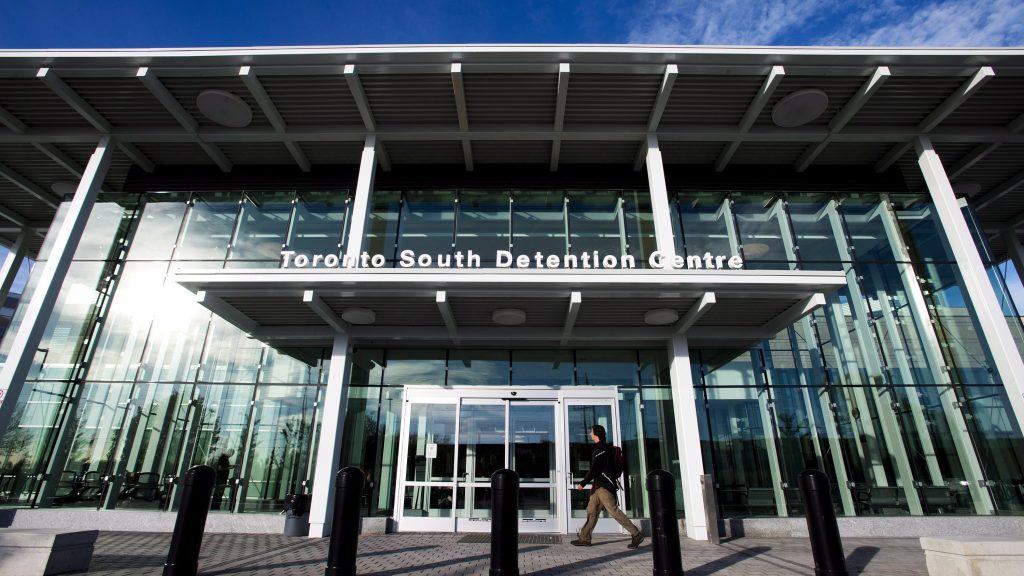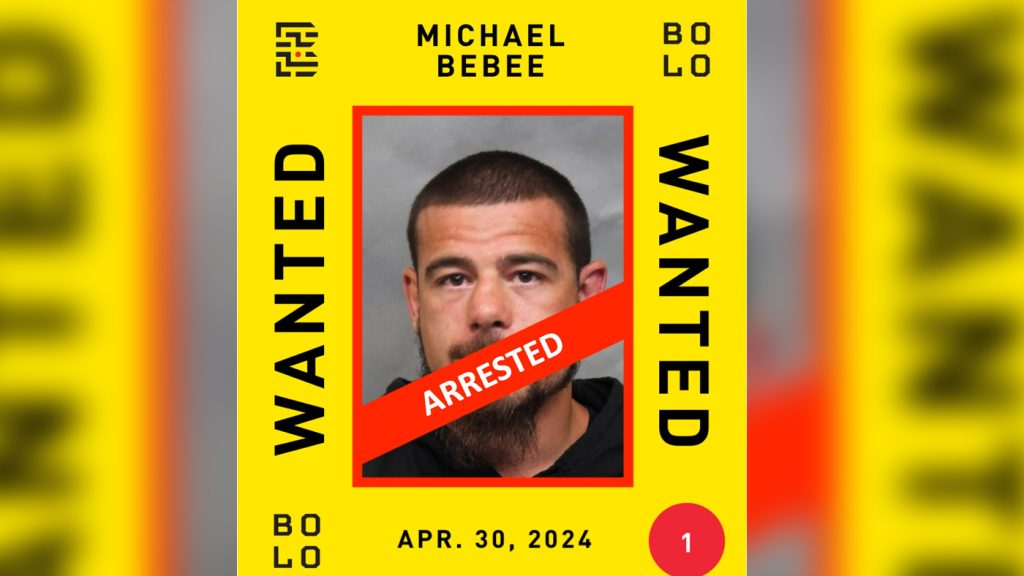Online tool educates teachers to help kids returning to school after concussion
Posted April 4, 2016 2:55 pm.
Last Updated April 5, 2016 6:20 am.
This article is more than 5 years old.
Teachers across Canada can now get advice from a new program to help students returning to school after a concussion.
The online Concussion Awareness Training Tool was developed by sports injury specialist Dr. Shelina Babul at BC Children’s Hospital.
“There’s nothing like this out there,” Babul said in an interview. The resource provides input from international experts and recommendations on classroom modifications after a student suffers a blow to the head, often from sports such as football, soccer and hockey.
Stimulation from other students in the classroom, loud noises on the playground and the stress of school work can trigger symptoms including headaches, dizziness and confusion, Babul said.
The site, which includes videos with stars such as hockey player Sidney Crosby, also features an 11-year-old boy named Christian, who describes his return to school “after a long time.”
“I hurt my brain last year,” he says.
“I missed my friends but when I came back things were different. It was harder to concentrate and get my work done. I got frustrated a lot.”
Christian says a special education assistant helped him get ready for tests and provide a quiet place to work, even though he initially worried that “it would look weird and everybody would make fun of me.”
Babul said parents and coaches should err on the side of caution after a child’s head is hit or a concussion is suspected.
“Do not allow that individual to play for several days because signs and symptoms can appear subtly. A lot of times you’ll see a coach or a parent pull their kid off to the sideline, they seem fine and they’re put back in the game.”
Symptoms such as headaches, nausea and sensitivity to noise and light can occur immediately or after several hours or days, she said.
“The new and emerging signs are showing that after that a little bit of slow integration back to activity may not be a bad thing because we were finding that complete rest, or the previous protocol to keep the person in a dark room, leads to other ailments or other conditions such as anxiety, depression, sadness or sleeping too much.”
The website, which was developed with funding from B.C.’s Health Ministry, Child Health BC and the BC Children’s Foundation, initially provided concussion training for medical professionals in 2013. Information for parents, players and coaches was added in 2014 before a third component for educators was added recently.
Babul said the site will be enhanced further for medical professionals to include mental health aspects of concussion because anxiety and depression are being recognized as factors among people who suffer a brain injury.
The most serious cases cause brain damage or even death if left unrecognized, though 85 per cent of concussions can be resolved after about two weeks with proper management, she said.
Children are more vulnerable to concussions because their brains are still developing and their necks are weaker. Babul said more than 1,500 kids suffering from a concussion or mild head injury were admitted through the emergency department at BC Children’s Hospital last year but that number does not include those who went to a walk-in clinic or saw their family doctor.
There are no figures on the number of children who suffer a concussion across Canada, and Babul said a national strategy is needed involving sports associations and schools to determine
policies.
Canada’s sport minister, Carla Qualtrough, has said she will be working with federal Health Minister Jane Philpott to create a national education and management strategy to better manage policies around concussions among youth and professional athletes.










